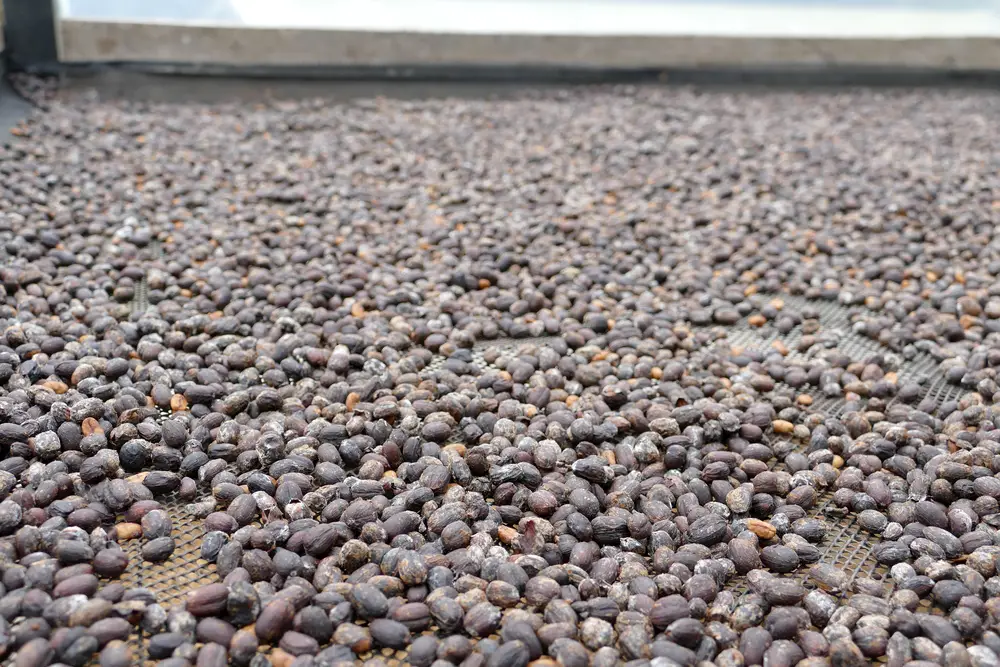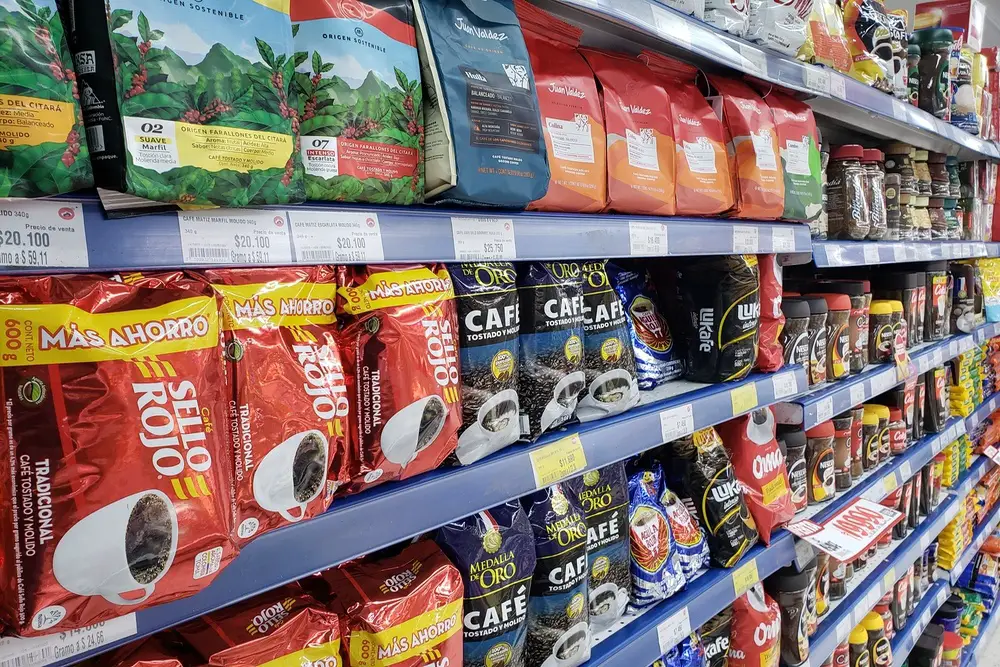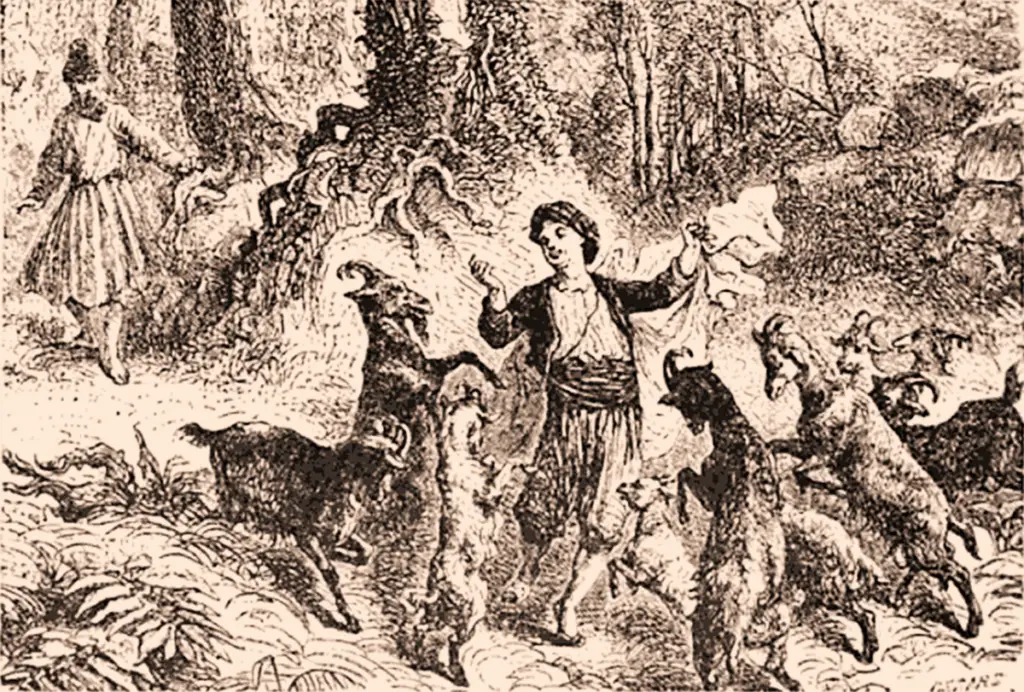The slew rate (RoR – Roast’s Rate of Rise) is one of the most important indicators to consider when roasting coffee.
The RoR indicates the speed at which the temperature in the coffee bean increases and is displayed as a diagram on the roasting machines.
Table of Contents
How does RoR work?
RoR is the number of degrees per minute that the temperature of the beans is increasing at any point during the roast.
In the course of a roast, this data is recorded in a diagram, which is often referred to as a roast curve.
The roasters then measure at 30-second intervals, as this period of time allows for more control over the measurement.
However, measurements can also be taken at 60-second intervals.
So, if you have a RoR of 4.5, that means the temperature of the bean will increase by 4.5 degrees every 30 seconds.
It should be noted that the RoR value is based on the last 30 seconds of the roasting process and should therefore only be used as a guide for the potential impact on the coffee.
The RoR setting of the machine is also decisive for the result of the RoR.
In other words, while RoR provides important roasting data, it is necessary to calibrate the roasting machine to the specific requirements of the coffee volume at hand.
How is the RoR measured?
To measure the RoR, the heat is measured with a temperature probe in the roaster.
The readings from the probe are then translated into a moving chart that professional roasters use to interpret what’s happening inside the machine.
This allows roasters to adjust ensure an even roast.
So, the 4 key points that roasters should keep in mind are:
- The maximum RoR
- The RoR “right away”
- The RoR at the end of the roast
- The endothermic flash
The maximum RoR
This measure provides information about the time after the tipping point, ie the moment when the temperature stops falling and begins to rise.
This is arguably the highest point in grain temperature, so the curve is also the steepest.
The RoR right off the bat
The RoR crack shows the change in temperature just after the heat has peaked.
This is where the temperature begins to drop as the steam escapes from the beans.
RoR at the end of the roast
As the name suggests, the RoR occurs at the end of the roast when the roasting process is complete.
At this point the beans have to be handled carefully because they are drier and therefore crunchier.
The endothermic flash
In a typical roast, the RoR curve rises abruptly before stabilizing and then falls rapidly, in what is referred to as ” endothermic flash”.
In this endothermic reaction, the beans absorb heat from the roasting drum and then release it in the form of steam, causing the surface of the beans to cool.
And what is the rate of increase in coffee roast good for?
The RoR can tell us if the roast is progressing faster or slower.
So the goal of a professional roaster is to create a smooth curve, that is, to find a roasting process where the temperature increases gradually to ensure a smooth process.
On the other hand, one must pay attention to the so-called “flicks” that appear on the roaster’s charts. They indicate a very high RoR , meaning the beans are storing heat too quickly.
The latter can result in an uneven roast, resulting in a less complex aroma and a more burnt taste.
In contrast, a very low RoR is characterized by a slow rise in temperature inside the beans, resulting in a flat taste and mushy coffee texture.
Factors affecting the RoR
There are several factors that affect the slew rate. So, there are 4 elements that directly affect the determination of this measure:
- The size of the grain
- The density of the grain
- The moisture content of the grain
- The desired roast profiles
Therefore, the coffee specialist must know the properties of the beans before starting the roasting, because only then can he effectively control the degree of roasting.
In this way, you get a more balanced and even roast profile that brings out the flavors of the coffee beans.
Many things affect roasting
The moisture present in the coffee beans determines how much heat must be applied to achieve the desired roast profile.
Additionally, elements such as shade, latitude, elevation, sunlight, and post-harvest processing can affect RoR results.
For example, we find that coffee trees that grow at higher elevations tend to produce denser beans than those that grow at lower elevations.
This is due to the higher nutrient content in the cellulose structure of the bean.
This is because beans have a cellulosic structure meant to hold nutrients, but in some cases the beans are only partially filled, affecting their size, flavor, and density.
Washed beans also tend to be denser, which means the roasters have to apply more heat to the beans to penetrate the structure and bring out the different flavors they contain.
With processed coffees, on the other hand, the higher sugar content in the beans leads to greater heat retention, which in turn increases the risk of burning during roasting.
Scott Rao
RoR was popularized by coffee expert Scott Rao, who has won several international coffee-making competitions.
According to Rao, a good roast is achieved when the degree of roasting decreases continuously, since the beans absorb heat quickly at the beginning of the roasting process and slowly cool down over time.
However, the expert clarifies that roasting coffee is a delicate process, so achieving the right roast can be a major challenge for specialty roasters.
In summary
So, you will find that roasting coffee beans requires great attention to detail. It is a delicate process where the smallest changes can have a dramatic impact on the outcome of the coffee.
Too much or too little heat at the wrong time creates a flavor imbalance that can result in entire batches of roasted coffee being wasted.
With RoR, roasters can therefore examine exactly what is happening during the process and make changes accordingly.
Also, by representing the process as data points on a chart or roast curve, roasters can see which points to focus on in order to achieve a consistent roast profile.



